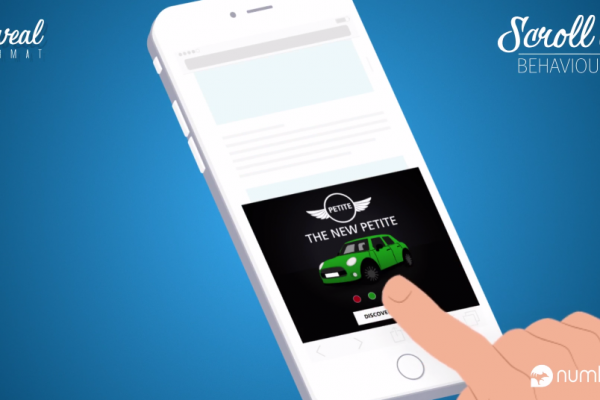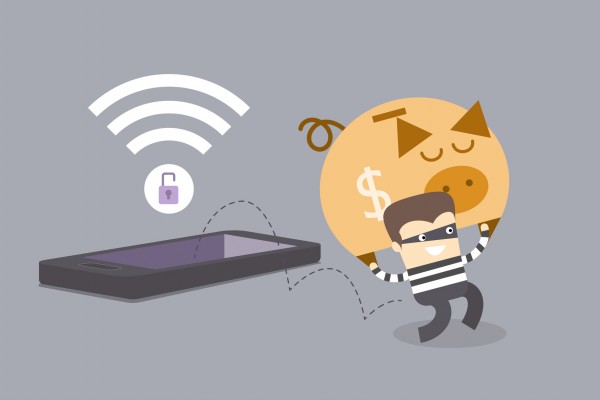Creativity In Mobile Advertising: Where Is The Effort?

Creativity In Mobile Advertising: Where Is The Effort?
This article was written by Matthew Harrison, Head of Sales UK for Numbate at Mozoo Group.
Right now, with more than a total of 1.75 billion users worldwide (eMarketer), smartphones are a constant in consumers’ lives and are now seen as their most personal object. Amusingly enough, it takes 26 hours on average for users to report a lost wallet, while it only takes 68 minutes to report a lost phone (Unisys).
Obviously, Mobile advertising can sometimes be seen as a tricky channel for marketers and advertisers as its lack of creativity can be disruptive to users – 87% of smartphone owners agree that mobile banner ads are often disruptive. This feeling of disruptiveness is due to the fact that 85% of consumers admit that mobile devices are central to their everyday life (ExactTarget); invading user’s private space with irrelevant and impersonal content is bound to have a negative impact.
So now, it is important to define what creativity in mobile advertising actually means. Mobile creativeness implies finding new ideas and formats to reach consumers. It is primarily about the manner in which an advert embraces a consumer’s context, and then about the craft of the advert’s content. Respecting the users’ experience is the number one priority.
In one piece of research, Forrester reported that mobile users agree, that mobile ads are disruptive. This is demonstrated through the rise of mobile ad blockers – with a 2.24% blocking rate on Android and a 1.33% rate on iOS (Clarity Ray). Sir John Hegarty stated that advert blockers makes him sad, “it just means that we’re nothing more than an annoyance” he said. Yet using mobile as an advertising platform offers an advantage that no other media platform has: touch interaction.
Engaging users by creating pertinent interactive adverts on mobile is paramount to success. Original ideas are what encourage users to interact with an adverts’ content. Consumers have better experience with rich media mobile ads, with 67% of them rating them as “better” or “much better” than a standard mobile ad (IAB). If users interact with an advert, it is because they find it interesting; there is no annoyance being generated in the process.
So tell me, would you resize a press advert to be placed onto a billboard just because the message is displayed on a similar surface? I believe the answer is no. It is tempting to transform a campaign that ran on another media platform into a mobile one. A mobile advert that is a reproduction of a TV advert is not likely to perform well. However, an interactive mobile advert that supports your TV advert would. Synchronising adverts on different screens allows complimentary messages to be communicated with the consumer at the same time. Millward Brown recently reported that users spend on average 37% of their daily mobile consumption in front of the TV. This means that a mobile advert could for example be used to offer users a virtual interaction with a product, while the same product is being advertised on TV.
Generally, for most advertisers, Mobile is a very unique and hard to master media platform. Its features allow for direct interaction with users through touch interface, geolocation, microphone, camera, Social channels and many more. The multi-purpose nature of mobile is what makes it a strong tool for advertisers. Mobile creativity implies both being creative in the context in which users are engaged, as well as in the content they are engaged with.
As a matter of fact, the context in which consumers are in (work, home, shopping, commuting, etc) varies throughout the day. Taking these factors into consideration allows advertisers to provide users with an appropriate mobile experience. Similarly, content creativity will enhance user’s interactive experience if it is based on the use of the distinctive mobile features.
Years ago Ghandi Said “Satisfaction lies in the effort, not in the attainment, full effort is the victory”. It is essential for the future of our industry to invest in the effort surrounding mobile creativeness in order to inject intrigue, emotion and interaction with consumers, while respecting the one-to-one relationship they have with their smartphone. In all honesty, adjusting campaigns to such a new kind of creativity is not an easy task. Since mobile entered the advertising industry, many marketers have explored and tried a variety of different formats. Some brands, such as Nivea, Samsung, Boots, McDonalds and Red Bull, are already going in the right direction. It is now only a matter of time, and broadmindedness, before mobile creativity get the effort it deserves to reach its full potential.



